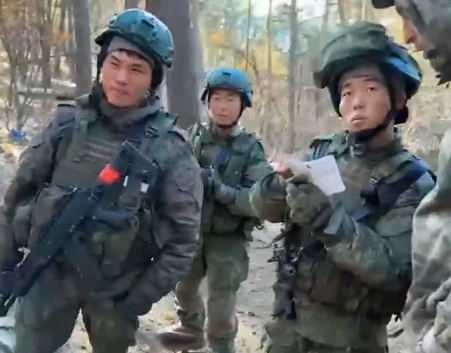Bashar al-Assad’s regime, which ruled Syria with an iron fist for more than two decades with Moscow’s backing in recent years, has reportedly fallen.
Rebel leaders issued a statement Sunday morning that Assad has fled the city, ending the five-decade-long Assad dynasty and potentially bringing the civil war that ravaged the nation for over a decade to an end.
JOIN US ON TELEGRAM
Follow our coverage of the war on the @Kyivpost_official.
“After 50 years of oppression under Baath rule, and 13 years of crimes and tyranny and (forced) displacement... we announce today the end of this dark period and the start of a new era for Syria,” the rebel factions said on Telegram.
The rebel groups’ surprise offensive started on Nov. 27 and took multiple major cities, including Aleppo and Homs, within two weeks.
Syrian Observatory for Human Rights, Rami Abdel Rahman, told AFP that Assad fled Syria via Damascus International Airport before the army security forces left.
A video shared by Al Arabiya has reportedly shown passengers running in panic as rebels advanced in Damascus International Airport.
The commander of Syria’s US-backed, Kurdish-led Syrian Democratic Forces (SDF) called Assad’s ousting a “historic” moment for the country.
“In Syria, we are living through historic moments as we witness the fall of the authoritarian regime in Damascus.
“[This] change presents an opportunity to build a new Syria based on democracy and justice that guarantees the rights of all Syrians,” SDF commander Mazloum Abdi said in a statement on Telegram.

Will Ukraine be Pushed Into Concessions?
AFP reported that locals were seen cheering on the streets, with rebel fighters firing into the sky as dawn fell upon the Syrian capital.
“I can’t believe I'm living this moment … We’ve been waiting a long time for this day.
“We are starting a new history for Syria,” tearful Damascus resident Amer Batha told AFP by phone.
The Syrian Civil War began in 2011 as peaceful protests against Assad’s regime, inspired by the Arab Spring, but escalated into a nationwide conflict when the government responded with violent crackdowns.
Over the years, it evolved into a multifaceted war involving rebel groups, extremist factions and foreign powers that persisted to this day.
Moscow-backed Assad regime
Russia has supported Assad’s regime in Syria since 2015 when it launched a military intervention to bolster Syrian government forces, providing airstrikes, weapons and military advisors to combat Syrian opposition factions.
This intervention helped Assad regain control of significant territory since 2016, while Russia secured its geopolitical interests, including maintaining its naval base at Tartus, Moscow’s only staging port in the Mediterranean Sea for its naval operations.
Losing Tartus could hamper Moscow’s naval operations against Ukraine, according to an analysis by The Telegraph, though it is unclear if Moscow had withdrawn from Tartus at the time of publication despite rampant rumors.
Russian forces reportedly faced significant losses during battles in Syria, which prompted Moscow to replace the commander of its troops in the country, Ukraine’s Defense Intelligence (HUR) said.
The rebel groups were also shown capturing a range of high-end Russian equipment left behind by Russian troops, including the Pantsir-S1 air defense system, the 9K35 Strela-10 surface-to-air missile system and a handful of Strela-2 man-portable air defense systems (MANPADS) after they seized the Kuweires air base.
Russia’s Ambassador to the UN claimed on Dec. 3 that Ukrainian intelligence agencies have been providing support to rebels fighting against Moscow-backed Syrian government forces.
Kyiv denied the accusation.
You can also highlight the text and press Ctrl + Enter










